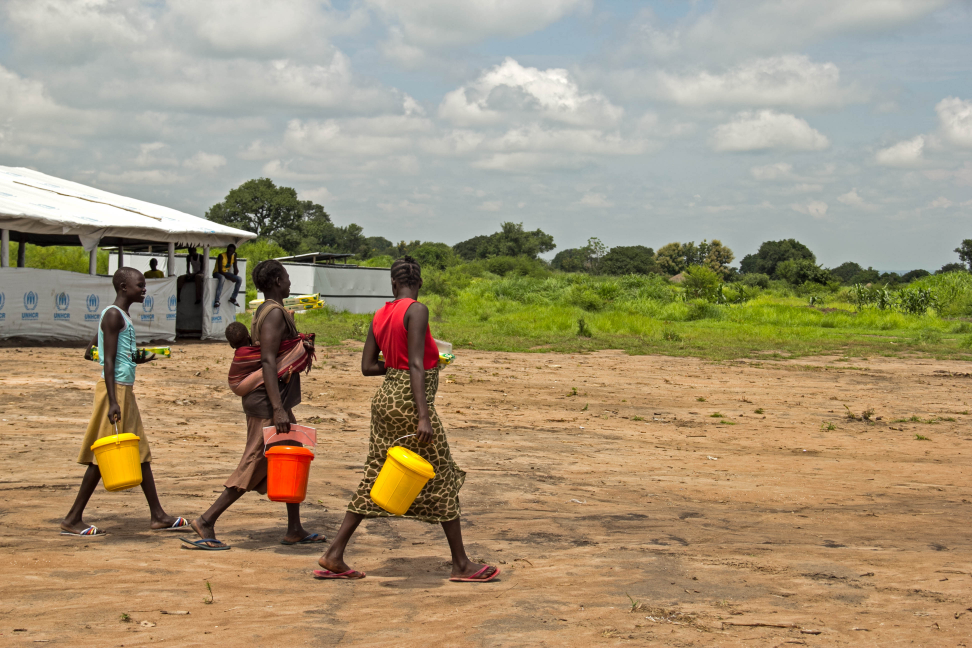Recognising innovation

Peter Klansoe, Regional Director of the Danish Refugee Council (DRC)
The support from the Humanitarian Innovation Fund (HIF) is truly a significant recognition of our ambition to be frontrunners when it comes to innovation and transparency in humanitarian aid. It is strong encouragement to strive towards improving humanitarian aid in conflict areas in Somalia where regular access by expatriate staff and sometime national staff is often difficult. The new innovation fund will be introduced in the context of DRC’s comprehensive emergency relief efforts in the Horn of Africa.
Using mobile communication devices and access to internet based platforms our project will introduce simple and transparent tools for feedback and beneficiary participation in the Community-Driven Recovery and Development (CDRD) projects. Our ambition is to develop new tools for the improvement of transparency in the context of remote management. As soon as we have tangible experience and proof of these innovative accountability systems we will share them with a wider audience of other humanitarian agencies operational in the Horn of Africa.
We are currently developing systems and procedures for subsequent testing. Tested systems should be ready for deployment by end of September 2011. Amongst the systems under development are the following:
- Geo-tagging – This is the geographical map of facilities organized by sectors (health, water, education, agriculture, infrastructure, etc) which can be colour-coded for easy identification. It includes the geographical mapping of on-going humanitarian projects with related financial details.
- The Dashboard - This is the site where data is aggregated and graphically presented. It is also the site where the managers can react to a report. The dashboard will have two levels of access, where one level will open to the public, while the other will be closed to participating organizations/agencies. The closed section of the dashboard will be accessed with an ID and password.
- Setting up the auto-response and feedback for SMS - This will ensure that once a message is received, a response goes to the sender automatically acknowledging message and requesting further information if necessary (e.g. location, gender, age of sender, etc).
When the system is ready for deployment, we will move to the implementation stage of the innovation which will consist of the following main steps:
- Receiving and processing of information from multiple media;
- Carrying out the verification and forwarding to the appropriate sector manager;
- Carrying out follow up;
- Generating reports for policy and evidence based advocacy;
- Dissemination of results and trainings to encourage other organizations to use the beneficiary feedback system.
Stay updated
Sign up for our newsletter to receive regular updates on resources, news, and insights like this. Don’t miss out on important information that can help you stay informed and engaged.
Related articles
.png)


Explore Elrha
Learn more about our mission, the organisations we support, and the resources we provide to drive research and innovation in humanitarian response.